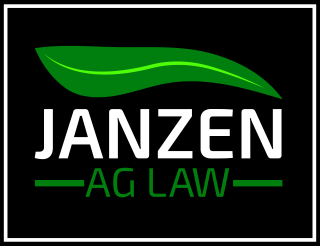Commercial Urban Agriculture
/Large produce growers are bringing the farm indoors. Companies are using vertical farming, LED-lighting, and high-tech data collection systems to grow food in greenhouses, in office buildings, and even in paintball arenas. I think this is one of the next big things in agriculture.
One of the world’s biggest examples is the GrowWise Center in the Netherlands. The lighting company Philips founded this agricultural lab after realized its LED-lighting had applications beyond brightening our homes. Philips develops “light recipes” that can make certain plants grow faster, taste sweeter, or produce more nutrients. The lab uses vertical farming to grow lettuce, tomatoes, basil, and other produce. Plants can be grown in large warehouses in the middle of a city or industrial park using less resources than might have been necessary in traditional growing situations.
Another great examples of urban agriculture is an unused office space in The Hague, where tomatoes, greens, and vegetables are grown in a 1,200 meter rooftop greenhouse. The goal for UF002 De Schilde, as it is called, is to use commercial urban ag to give people high quality food from a local, transparent source. UF stands for UrbanFarmers, the company behind the venture, which plans on opening up to 10 locations in the United States in 2017.
Aerofarms, an indoor farming startup company based in New Jersey, wants to grow your kale in an old paintball arena. It also has plans to use vertical growing to produce leafy greens in an old steel mill just outside Manhattan. Aerofarms uses top-notch tech services to collect data on water and light use and crop growth in order to tweak the growing system. This refined use of ag data allows the company to minimize its inputs and maximize outputs.
Closest to my Midwestern home, MightyVine is a hydroponic tomato farm based in a Chicago suburb. MightyVine grows numerous varieties of tomatoes year-round in its Rochelle, Illinois greenhouse. It provides Chicagoans fresh locally-grown tomatoes in the winter months. These tomatoes are sold in major grocery store chains and used by local restaurants. No reason to eat a pale, tasteless, winter tomato when a ripe fresh one is available.
These companies are just a few I’ve been watching. Commercial urban farms are on rooftop greenhouses or in well-lighted basements. Some are along traffic median strips or on floating barges. Some are indoor vertical farms. Others are hydroponic or aquaculture operations. All have a place in tomorrow’s agricultural market. I think commercial urban agriculture can address two issues: (1) How are we going to feed a growing population, expected to increase to 9 or 10 billion by 2050? (2) How can agricultural companies satisfy consumers’ demand for affordable locally-grown produce? Urban commercial ag isn't the only answer, but is an answer. It seems like it is harder to grow fruits and potatoes in the city, but as technology and science advance, I have no doubt we'll get there. In the meantime, we can enjoy local red tomatoes and sweet basil, even in the dead of winter.






